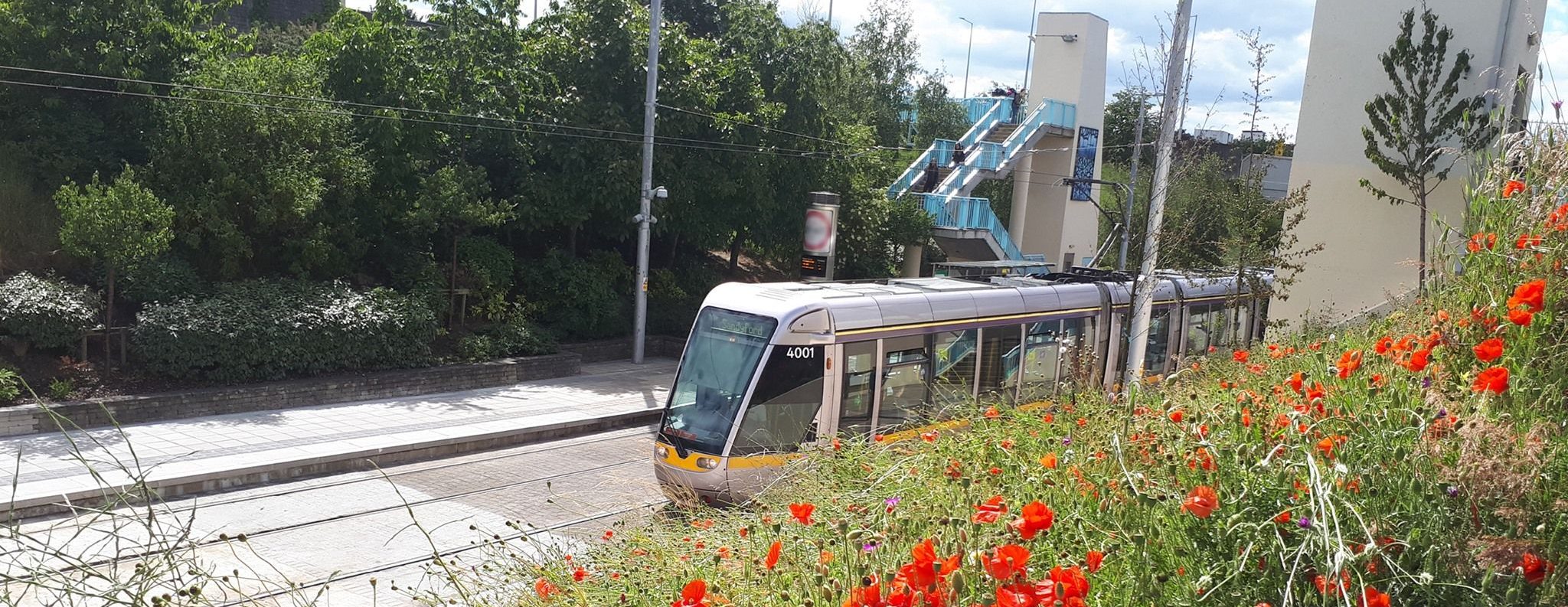Although Dublin has a public transport system that manages to adapt to current mobility requirements, the population growth estimates and the pressure placed on the reduction of transport emissions bring to the fore the development of the public transport system with an emphasis on the railway. This can cope with the new challenges by transporting large volumes without emitting CO2, offering modern and fast, digitised and energy efficient services, thereby managing to accommodate some of the road traffic. The development of public transport in the Irish capital is not only part of the transport and local development strategy, but also of the development strategy of the national transport system, the capital being an important economic and connectivity hub for the entire country and across borders.
by Pamela Luică
The capital city of Ireland, Dublin, together with its metropolitan area (Greater Dublin Area) consisting of three counties, has a population of over 1.4 million inhabitants, representing 28.5% of the country’s total. Estimates show an increase to 2.2 million people by 2031. The city represents 40.7% of the country’s total GVA and the economy is generally characterised as based on services representing 80% of the business sector activity composed of a strong ecosystem of startups and research and innovation centres. The tourism sector is also an important one, where the city was visited by 6.6 million foreign tourists in 2019, with Dublin having the highest hotel occupancy rate (almost 84%) compared to other European cities.
Read the full article
Share on:




